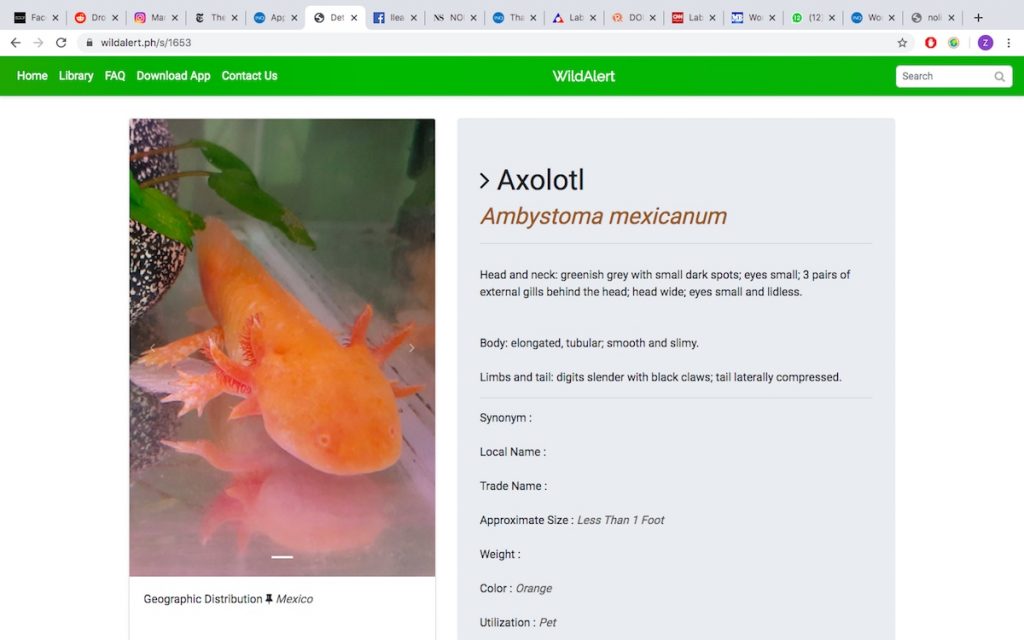Long, long story, but back in college, a friend of a friend accidentally bought a bear cub off of Facebook. (It’s cool, they eventually handed it to the proper authorities when they realized exactly what they had just bought.) You can focus on my acquaintance’s dumb luck, sure, but I think more than anything, it shows just how rampant wildlife trafficking is, and how easy sites like Facebook has made it. Even now, if I just log into the right group, I can probably find at least two accounts selling a baby seal. (I mean, if buying Filipino babies on Facebook is already a burgeoning market, that doesn’t seem so outrageous.)
To help government workers fight illegal wildlife trafficking, the Department of Environment and Natural Resources’s Biodiversity Management Bureau partnered with USAID’s Protect Wildlife program to develop a mobile app that’s “equipped with a species library and a report management platform to easily identify, submit and manage reports from DENR frontliners and other law enforcement officers,” according to Inquirer.net.
“In recent memory, this is the only single digital platform that has the function to help identify species and also to submit reports on potential wildlife crimes,” said Protect Wildlife communications manager Lawrence San Diego.
Called WildAlert, the “library of species in their pocket” is especially helpful for field agents who previously had to spend a large amount of time just identifying and verifying a certain species. Currently, the app’s library contains 480 species of wildlife flora and fauna, with categories for birds, mammals, reptiles, invertebrates and amphibians (marine species are “soon to follow”). Each library catalog has photos of the plants and animals, as well as their “description, scientific name, local name and ecological status.”
How does it work? “If DENR personnel are unfamiliar with the species, they can filter it out in the WildAlert system by providing information about the wildlife. For instance, they can identify the color of its feathers or whether they have scales.”

Though the app itself will only be available to DENR personnel and their law enforcement partners, the public can access WildAlert’s website to check the species library. I visited the site myself and I looked up information on my favorite animal, the axolotl.
The app also has a “centralized reporting feature” that personnel can use to report an illegal wildlife trafficking case to the appropriate DENR units for immediate action. “Photos and key information can be recorded, geotagged and submitted to the WildAlert report management platform. These reports can then be accessed and managed by the corresponding DENR field units and the DENR-BMB for immediate and appropriate action. Even offline, reports can be saved in the app, which will be transmitted once the user connects to the internet.”
“If you’re conducting case surveillance, you can easily share your location to others, or provide the nearest landmark, so we can easily respond to the situation,” BMB wildlife law enforcer Rogelio Demelletes Jr. said about the app.
While the site doesn’t really have that, you can check out the contact us button to find out who to contact if you’ve come across any illegal wildlife trafficking incidents. It has a toggle that helps you find the contact numbers and addresses of the DENR offices in your area.
Header photo courtesy of Hitoshi Namura on Unsplash
This Ateneo-based wildlife project finds exotic birds, reptiles, plants on campus
Even illegal wildlife trade happens on Facebook
This animal shelter won’t be able to feed their dogs and cats today